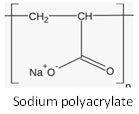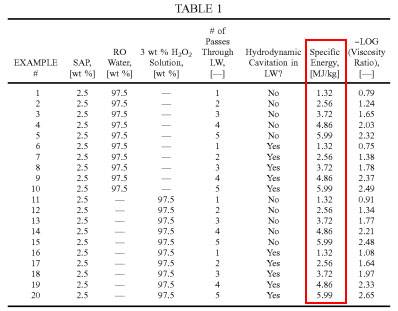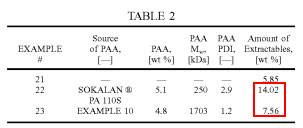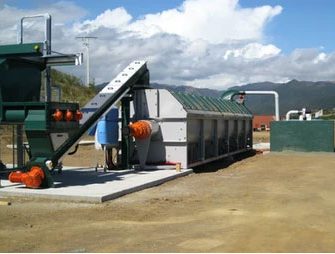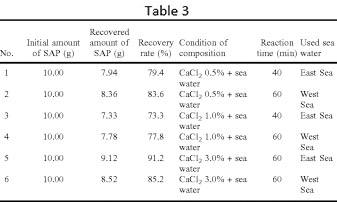Absorbent Hygiene articles – Challenges with disposal
Disposal of used Absorbent Hygiene Products (AHPs) is a critical ecological problem that is assuming serious proportions. With increasing awareness about sustainability and circular economy among corporates and the consumers, recycling of AHPs has gained universal attention. Recycling of AHPs requires great co-ordination between different partners, right from suppliers of materials to manufacturers, waste collectors and recycling partners.
According to the European Disposables and Nonwovens Association’s (EDANA) sustainability report for 2019, the targets fixed for AHP wastes include reduced use of raw materials, development of new recycling and upcycling technologies. These are high on the agenda of the nonwovens value chain for producers, converters and suppliers alike[1]. In recent years, some innovative techniques that are ready for commercial operations in EU Member States have been developed.
A few process challenges in the recycling of AHPs, particularly diapers, are listed below:
- Used absorbent products contain organic excretions and bacteria, and also have a high content of humidity, causing undesirable odor. It is therefore necessary to carry out a sterilization process before recycling of the materials.
- Diapers contain significant number of materials derived from petrochemicals (fibrous layers, top sheet components, core wrap components, cuffs, liquid barrier components, and Super Absorbent Polymers (SAP)), which are neither environment friendly nor recyclable.
- Separating the materials such as plastic, cellulose fibers and SAPs is a difficult and cumbersome process because they are intimately interconnected and it would be necessary to carry out a complete destruction of the products.
- Absorbent articles are thrown away in a folded condition, due to which the outer impermeable layer prevents effective sterilization. The articles therefore need to be shredded before undergoing a recycling process.
- A large amount of water is required for washing, and the wash water containing a number of pollutants, such as jellified superabsorbent polymers and organic residues, poses problems during waste water disposal[2].
- Drying of wash water consumes a high amount of energy.
Diapers contain three major elements, namely top sheet, absorbent core and back sheet. The top sheet and back sheet are made of plastic materials, and technologies for recycling of plastic are readily available in the industry. The process of diaper recycling begins with shredding of waste diapers, followed by the separation of shredded materials. The shredded wastes are then sent to a pulper, and the diaper materials are sterilized and exposed to special chemical treatments to deactivate the SAP. After several washes, the plastic components that form the back sheet of diapers are separated and then compressed into small pellets for industrial applications. Remaining parts of the diaper enter a screening process, where any traces of plastic and other organic materials are separated. The cellulose fibers are further subjected to mechanical washing, cleaning and screening processes. Knowaste, an innovative waste treatment business specializing in the recycling of AHPs, converts pulp from the used diapers into sanitized reusable paper pulp and plastic components that can be turned into building materials such as roof tiles. The company has patented technologies for the recycling of disposable baby diapers, incontinence products and disposable bed liners.[3]

